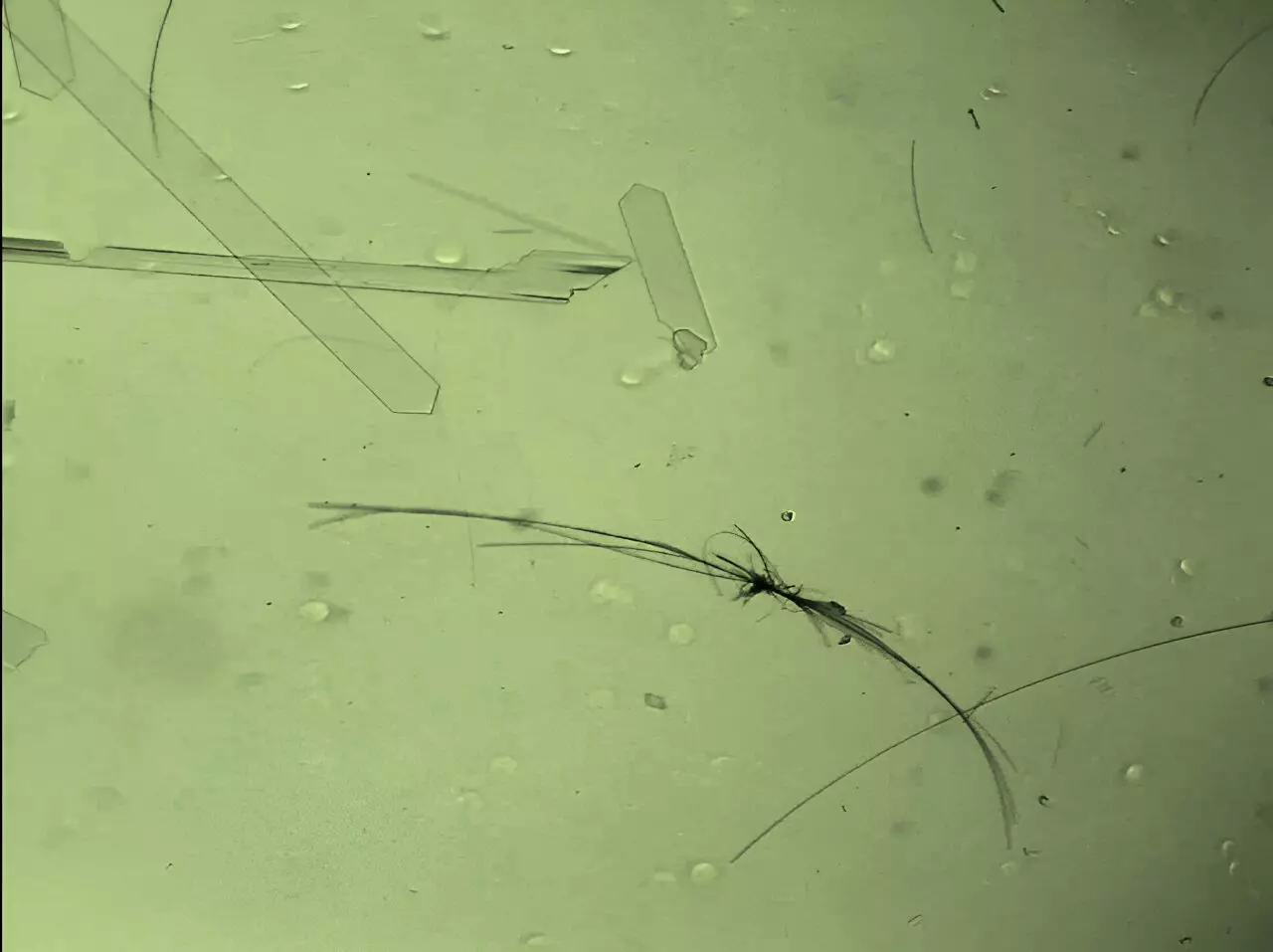The groundbreaking research conducted by Rabih O. Al-Kaysi and his team on molecular crystal motors has opened up a world of possibilities in the field of nanotechnology. These microscopic machines, made from crystallized molecules, exhibit coordinated movements when exposed to light. While initially resembling tiny worms, these devices have the potential to revolutionize various industries, from medicine to engineering.
The Development of Molecular Crystal Motors
In 2021, Al-Kaysi and his colleagues created the first molecular crystal motor utilizing molecules capable of photoisomerization. This process causes individual molecules to wave their chemical groups back and forth when exposed to light, resulting in visible movement of the motor. The team’s early experiments showcased a motor that bent and fluttered like a ribbon dancer, showcasing the exciting potential of this technology.
Advancements in Single-Wavelength Activation
Seeking to simplify the activation process, Al-Kaysi and Christopher Bardeen aimed to create molecular crystal motors that only required a single wavelength of light to operate. By synthesizing a library of anthracene molecules capable of continuous back-and-forth movement with a single light source, the researchers achieved remarkable results. The newfound ability to drive continuous photoisomerization with a single light source is a significant leap forward in the field of nanotechnology.
The key to creating molecular crystal motors lies in the design of photoreactive molecules with specific characteristics. These molecules consist of three segments: an anthracene segment, a carbon double bond acting as an axle, and a customizable headgroup. Through crystal engineering, these molecules self-assemble into larger structures, such as rods and wires, with the potential for complex shapes visible to the naked eye.
The durability, resistance to corrosion, and exceptional weight-to-power ratio of molecular crystal motors make them ideal for various applications. From biomedical uses to microsatellites, these innovative devices have the potential to solve real-world problems. By fine-tuning the movement of these motors through adjustments in light intensity and wavelength, researchers like Al-Kaysi and Bardeen are paving the way for transformative advancements in nanotechnology.
With the potential for applications in drug delivery systems, micromachines, and even ship engineering, the impact of molecular crystal motors on various industries is undeniable. As researchers continue to explore the behavior and capabilities of these microscopic machines, the future holds endless possibilities for the integration of nanotechnology into everyday life.
The research conducted on molecular crystal motors represents a significant breakthrough in the field of nanotechnology. By harnessing the power of light to drive coordinated movements at the molecular level, Al-Kaysi and his team are shaping the future of technology in unforeseen ways. The potential for these tiny machines to revolutionize industries and solve complex problems underscores the importance of continued research and exploration in the field of nanotechnology.



Leave a Reply